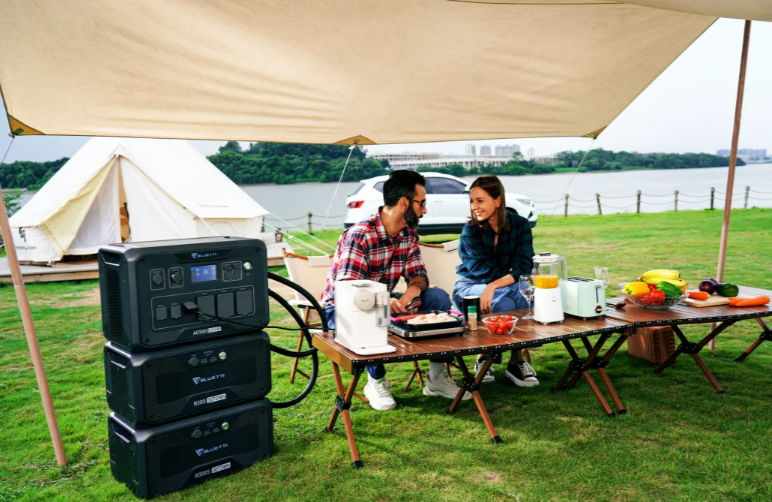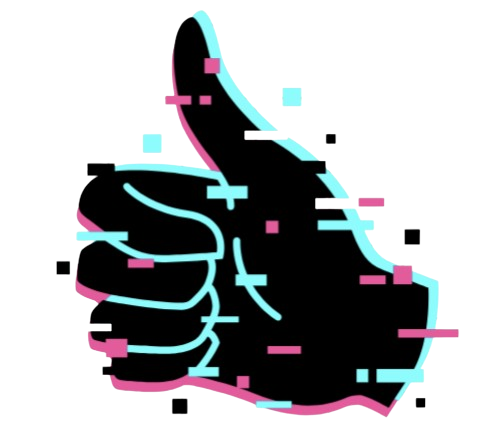
Solar power is the perfect solution for households that need power for heating, hot water, lighting, electronics, and other domestic tasks. But few people have the time or resources to install solar panels on their homes. That’s where mini-hydroelectric power stations come in.
These stations use the sun’s energy to generate electricity that can be used to run other household appliances or simply charge your mobile phone on a sunny day. A solar power station uses photovoltaic cells to convert sunlight into electrical energy. The more sunlight these cells receive, the more electricity they produce—hence why it’s called ‘solar’ power.
There are two main types of solar power stations: concentrating solar power (CSP) and cogeneration. Concentrating solar power is simply a type of CSP where the mirrors direct most of the sunlight towards a single point so that all the energy created is directly usable for generating electricity rather than heat which would be dispersed throughout the facility and lost as heat during its journey from one place to another .
CSP Solar Panels
CSP solar panels are the most popular type of solar power system. They use a special kind of parabolic trough to concentrate the sun’s energy and generate electricity. CSP panels are usually mounted on a roof or a tower. They are the easiest type of solar panel to install, and you can usually purchase pre-assembled panels that come with the necessary hardware and instructions.
The panels typically have a power rating that is optimized for the amount of electricity you generate. It’s important to note that you’ll get the most out of your investment with CSP panels if you are willing to put in the work.
You will have to build the solar panels on your own, and there is no guarantee that you will be able to generate as much power as you want from the panels when they are fully charged.
Cogeneration Power Plants
Cogeneration power plants are nothing but combined solar and wind power stations. This is where the name comes from: cogeneration is the process of creating power through the emission of heat and electricity from the same source. This is not only good for the environment, but also good for your wallet.
A cogeneration power plant typically consists of a solar panel system with a heat engine to produce electricity and a wind turbine to produce power. You can find many models that areInternet-based, making it easy to integrate with your current electricity grid or to start your own custom-built power grid. The model that we have listed here is ideal for small scale power grids where you can purchase electricity from the grid at a set price per kilowatt hour and sell the surplus power to your own power purchase agreement at a higher price. Some models allow you to connect to the Internet through a modem for a more hands-free experience. If you want to go that extra mile, the model with a combined solar and wind turbine is also called hybrid solar power.
How a Solar Panels Works?
A solar panels works like this: A solar panel consists of a reflective material (e.g. glass, mirrors) surrounding a solar panel power source (e.g. home power generator, solar panels). The solar panel system is enclosed in a weatherproof casing with a glass protective cover. The panels are connected to a power source (e.g. 120V AC power outlet, solar panel controller) and a battery (e.g. 12V DC battery, or 12V-30V solar panel battery). The energy from the panels is used to power an electric machine that converts electricity into heat or water.
Pros and Cons of Solar Power
Installing a Mini-Hydroelectric Power Station
If you are lucky enough to have access to roof or patio space, you can often find solar panels that are mounted on a mini-hydroelectric power station. These stations use the energy from the sun to generate electricity that can be used to power other household appliances or to simply charge your mobile phone on a sunny day.
The advantage of a mini-hydroelectric power station is that it is very easy to set up. All you have to do is find a nearby body of water (usually freshwater but sometimes saltwater) and purchase hydropower from there. You can either purchase a license or open a pond or lake and fence it off so that only you can use it. No special permits are required, and you don’t have to pay any fees until you are ready to start generating power. You can either sell the power to the grid or tie-in with an electricity purchase agreement.
Conclusion
The world is rapidly switching to a low carbon economy. By implementing energy efficient practices in your home, you can reduce your carbon footprint while saving money. The best way to go is to have a variety of ways to power your home. A solar panels can power your house, a wind turbine can power a small wind farm and a mini-hydroelectric plant can power your lights and appliances. All you have to do is look outside on a sunny day and you will see that solar power is a great way to go.







